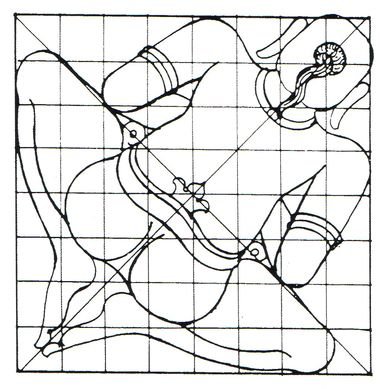Vastu Shastra plays an important role in temple construction. This ancient practice is relevant even today as it is an eternal science.
Indian Architectural Science for Temple Construction:
The temple is a divine place. Thereby, it aims at worshipping God and attaining peace of mind. The Vastu Shastra, which originated from Hindu culture is, in fact, a profound science. Typically, it’s a balancing act of the five natural elements. These are as mentioned below.
- Earth: It defines the stability of the structure where it stands.
- Water: This is related to the downright cleanliness of the place and surroundings.
- Fire: Transforms energy into required forms. This also represents metabolism, which is important for health.
- Wind: No one can survive without air. Other natural gases are also important for life.
- Sky: The central portion of the premises should be Open To Sky. If not, the portion should be clutter-free and vacated to absorb cosmic energy.
Next, it broadly emphasizes the proper orientation of the structure.
In particular, Vastu Shastra mainly deals with cosmic power, which in Hindu traditions is Shakti. Accordingly, the Vastu principles educate how to draw such cosmic energy toward a particular plot of land or structure. That structure may be a temple or any other one. Well-planned structures benefit the user in health and wealth. Hence, Vastu-compliance in construction is very essential. Further, Vastu by all means, alters the cosmic routes in favor of the dweller. Finally, it enhances the prospects of tenants in all sections of life.
Philosophy of Vastu:
Every individual human represents a tiny living structure of the cosmic body. Besides, the human body has of two different sections. While Yoga directly links to the controls over inner portions, outer portions inevitably connect to the astrological terrains. Astrology is further defined via nine planets.
So, 27 constellations and 12 zodiacs permanently influence the human body and nature. Although humans can discipline progress by practicing yoga, the impact of the astronomical elements remains untouched. Vastu-Shastra is profoundly guides to overcome this void and it unifies the benefits of yoga and astronomical cosmos.
The principles of the Vastu Shastra notably direct how to obtain cosmic energy in a desired way. Similarly, Vastu for temple construction is a paramount science and it is of the prime focus. Certain parametric values of cosmic vibrations and waves enhance the overall conditions of the structure or the plot of land. Vastu is therefore a science, which delivers positive results by strategic guidelines.
Key Vastu Tips for Temple Construction:
The soil: The mandir should select fertile land. Moreover, the white or creamy soil is the best for a temple.
The shape of the plot: A square or a rectangular one is only granted for temple construction, and awkward shapes are avoided. So is the case with any proposed structure with some liberations for the ones other than temples.
Directions: North-East is the best direction. A devotee should face north or East. The temples, constructed with this provision would make each a perfect divine place. A temple placement should follow the same idea at home too.
Main entrance: The main entrance of the mandir requires a large gate. However, it should be in the east direction and strong enough.
Water resources: The water is required for cleaning and various Pooja purposes in a temple. The Southeast corner is unfit for water resources.
Idols establishments: The mandir plinth is at a reasonable height because the sacred placement of idols remains above the ground level. All the idols of deities should be in the eastern direction, except Lord Hanuman and Goddess Mahakali, which face to the south.
Vastu Purush Story:
Vastu Purush created by Lord Brahma typically fits in a square position. Indian architecture and construction of mandirs for this reason give the utmost importance to the square or a rectangle shape for a plot of land.
Structures, as believed, get positive energies from the soil they stand upon, and the cosmic energies acquired from the galaxies. Anyone who lives in harmony is secure and also progressive. In addition, balance is the foundation of mental peace.
The myth goes like this.
‘The supreme God Brahma created the first person on the earth, Vastu Purush. His growth was so fast and wide that soon he eclipsed the Earth with his shadow. Other deities including Mahadev and Vishnu urged Brahma to help in fear of the universe’s destruction.
Brahma also perceived the danger and took help from Dikapalakas, the guardians of all 8 directions. Finally, Brahma and other deities managed to destroy Vastu Purush. He felt down-faced on the earth. Because he was the creation of Brahma, he cried for some mercy.
Brahma fixed his permanent union with Earth. Also, Brahma blessed that people will worship him when constructing any structure on the earth. Besides, Vastu Purush will annoy anybody who doesn’t follow the Vastu rules. This is known as the Vastu Purush Mandala.’ (Source: Vaastu Mangaal)


